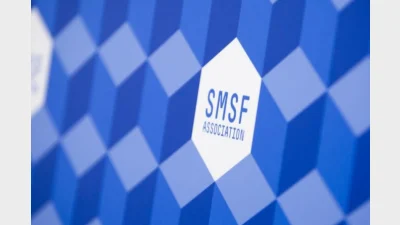Regulatory uncertainty hinders SMSF growth


The number of self-managed superannuation funds (SMSFs) in Australia continues to grow, but at a substantially lower rate than previous years due to regulatory uncertainty, according to the 2020 Vanguard/Investment Trends SMSF investor report.
Based on the most recent data by the Australian Tax Office (ATO), Michael Blomfield, Investment Trends chief executive, said the total amount of SMSFs had almost reached 600,000 by September 2019, but only 20,000 were set up in the 12 months leading up to that.
“We saw a couple of years ago in the lead up to the federal election, there was a big discussion around franking credits and dividend imputation which we weren’t sure at the time whether that drove some holding back or whether it fundamentally decreased interest in SMSFs,” Blomfield said.
“It’s not that issue in and of itself… SMSF trustees have been telling us for a very long time that regulatory uncertainty makes them think twice and three times about whether SMSFs are the right place to be.
“But we’re still seeing growth and that’s the good news and there’s no reason to believe that ceased.”
The report found many trustees said the main purpose of setting up an SMSF was to maintain control of financial assets.
However, more recently the SMSF structure has been viewed as vehicle to access property and achieve better returns.
“Control of investments remains the big driver and that control issue is number one by a long way for SMSF trustees,” Blomfield said.
“Then you start getting the issues around a belief they can achieve better returns, that they’re more tax effective, and so on.
“Between 2015-2020, there was a substantially larger group of trustees that started their SMSFs to invest in property.”
Trustees also do not want to commit fully to an SMSF as they recognise benefits from their regular superannuation fund.
Almost half (48%) of intended trustees plan to keep an Australian Prudential Regulation Authority (APRA) regulated superannuation fund.
“The reasons for that are important, number one is a personal insurance policy in case this is too hard or they’re not good at it,” Blomfield said.
“The second driver is a pretty logical one, their contributions are being paid into that account more often than not by an employer.
“Another driver, but lower down on the list, is cheaper insurance – people recognise their APRA regulated insurance fund very often comes with insurance they want to keep.”
Recommended for you
The impact of identity theft and its threat to superannuation savings were highlighted in a case that went before the Federal Court at the end of 2023.
A recent NSW Supreme Court decision is an important reminder that while super funds may be subject to restrictive superannuation and tax laws, in essence they are still a trust and subject to equitable and common law claims, says a legal expert.
New research from the University of Adelaide has found SMSFs outperformed APRA funds by more than 4 per cent in 2021–22.
The SMSF Association has made a number of policy recommendations for the superannuation sector in its pre-budget submission to the government.












